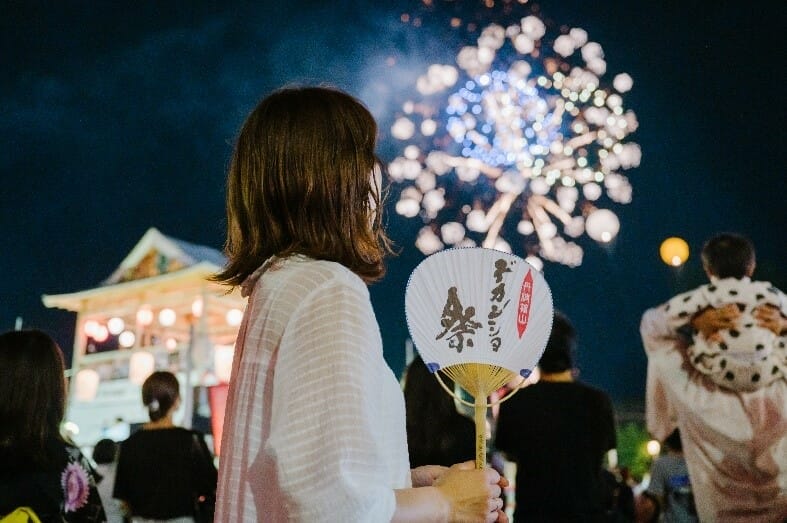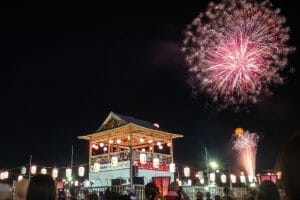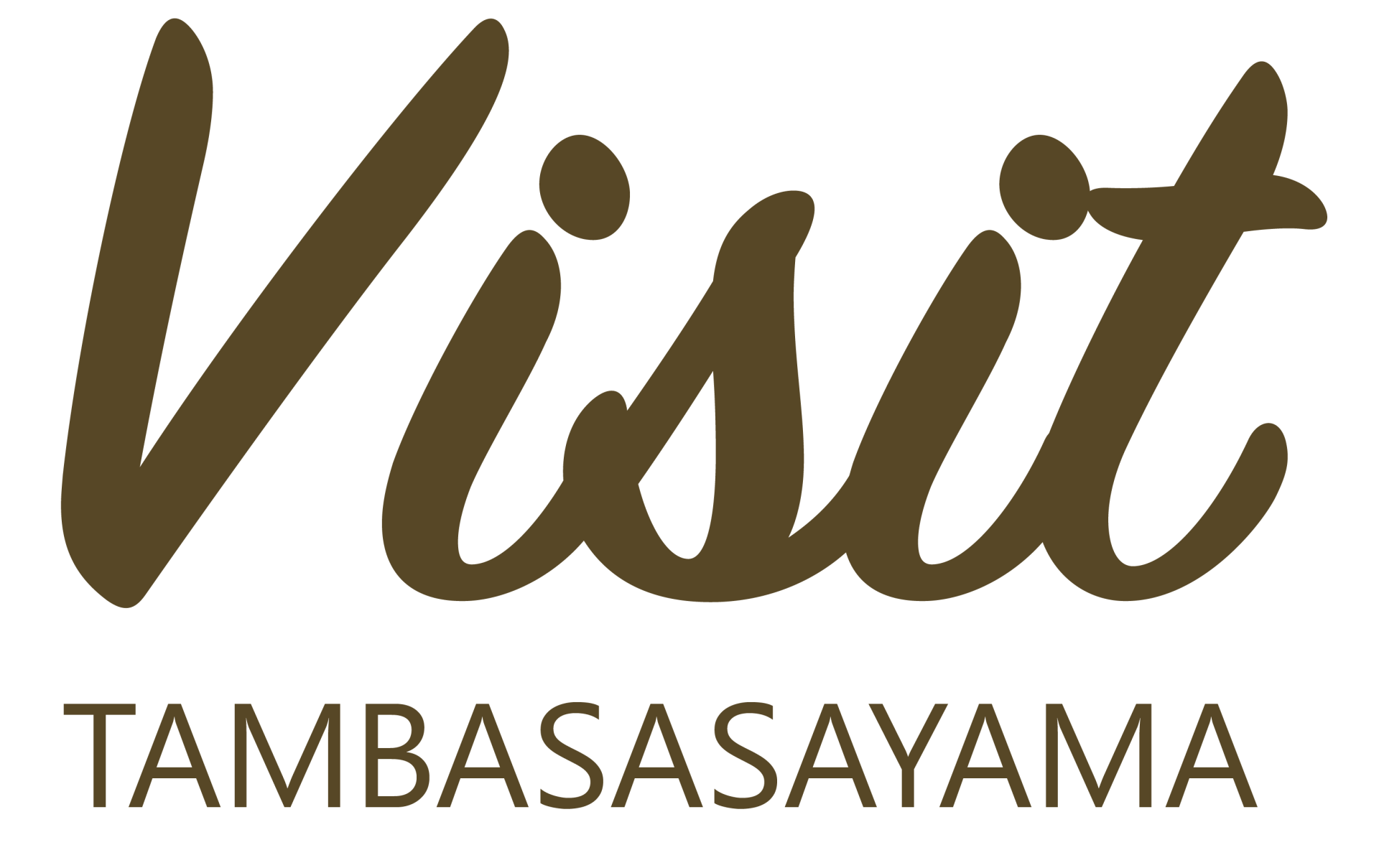Tambasasayama Dekansho Festival

The Dekansho Folk Song
The first version of the Dekansho Song has its origins in the Edo period (1603 to 1867) of Japanese history. Edo being the former name of the Tokyo City area.
Festival Origin and History
The Dekansho Festival started after World War II. The traditional Bon Odori (summer dance festival) that was held separately in each district of Sasayama until that time, was unified and the Dekansho folk song and dance were integrated into a single event and the Dekansho Festival was born.
In 1953 (Showa 28), the first Dekansho Festival was held on the riverside of Kawaramachi. The venue was later moved to the ruins of Sasayama Castle and the scale of the festival gradually expanded, becoming a summer festival representing Hyogo Prefecture.
In 1970 (Showa 45), 400 people wore yukata at the Japan World Exposition in Osaka, and against the backdrop of the high growth period of Japan, local people poured their passion into the Dekansho Festival.
At that time, updated lyrics with modern terms such as “world peace”, “television and radio”, and “kokutai” (a national sports festival), were added to the Dekansho song.
On April 24, 2015/(Heisei27), the Agency for Cultural Affairs selected “Tamba Sasayama: Dekansho Bushi – Memories in a folk song” as one of the first 18 chosen heritages of Japan Heritage.
This year (2023), marks the 70th Anniversary of the festival.
The main event of the Festival is the non-stop singing and dancing that happens around the yagura, the central raised tower.
Other Attractions
Along with the main song and dance festival there are approximately 180 attractions and stalls located adjacent to the dance event area. Attractions include a haunted house, a lottery, goldfish scoops, ball scoops, shooting and other games. There are stalls where you can buy masks, yo-yos and other products. There are many food stalls including, ‘Takoyaki’ (fried Octopus balls) stalls, that are very popular, fried chicken, yakisoba noodles, meat-wrapped rice balls, okonomiyaki, fried potatoes, castella cake, juice, kakigori (shaved ice with syrup), candied apples, cotton candy, etc.
5 My Experience at the festival this year.
The festival is usually held on two consecutive days during the Obon season in August. This year however, due to a typhoon, the first day was cancelled. On the second day the festival happened in full swing.
There was a large, enthusiastic crowd. The Dekansho song and dance were performed into the evening from the yagura raised platform, which resembled a castle tower in the midst of the event area. With people joining in and others watching from the adjacent table/seating areas.
One extra surprise that happened towards the end of the festival was a ‘double’ fireworks display that used the originally two days’ worth of fireworks in one ‘Grand finale’ to the festival.
For a while after the festival finished, I did see a considerable que of people waiting to buy ‘takoyaki’. They are so good, you just have to take some home for folks who didn’t attend the festival, or maybe buy your own second round!















